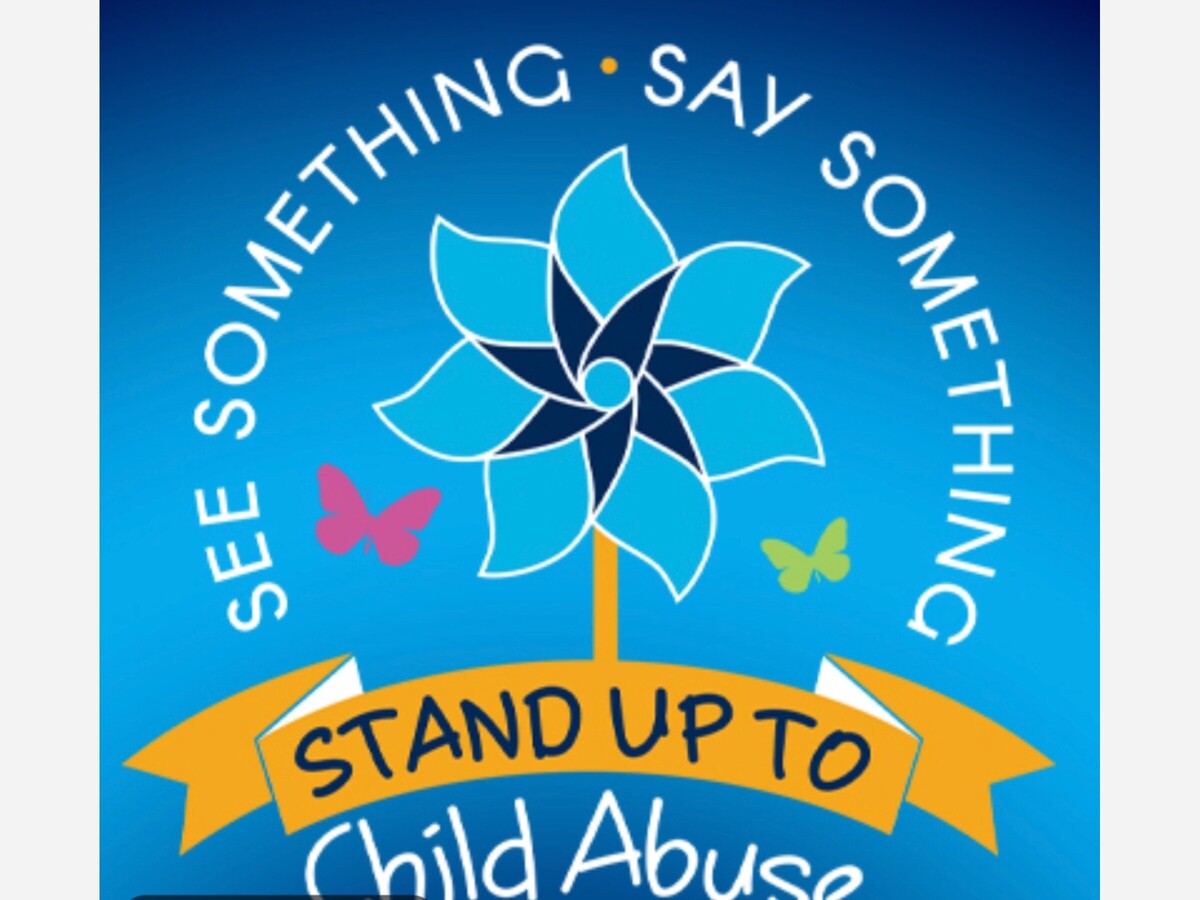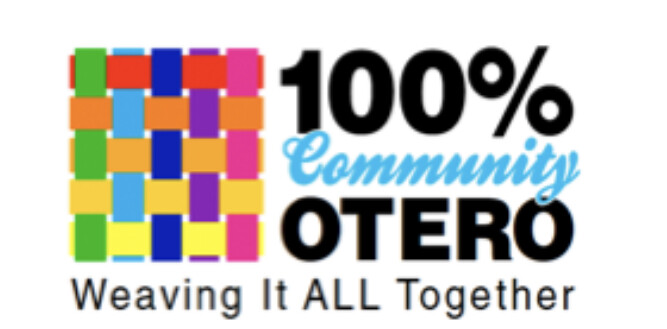Image

Child Abuse, What Can We Do To Help?
April is Child Abuse Awareness Month. Perhaps you have heard one of these catchy slogans, “See Something Say Something,” “No Excuse for Child Abuse,“ or “Every Child Matters." The problem is more serious than catchy slogans. We must ask, what do we know about child abuse and what can we do to help?
The Center for Disease Control and Prevention reports that child abuse and neglect are serious public health problems. Adverse Childhood Experiences (ACEs) can have long-term impacts on health, opportunity, and well-being, such as poor performance and attendance at school, lower graduation rates, failed relationships, time in jail, hopelessness and depression, suicide atttempts, diminished workforce, increased emergency room visits, long term effects (obesity, stroke, cancer, heart disease, etc.) and altered brain development.
Child abuse refers to physical, emotional, or sexual harm inflicted on a child under the age of 18. While child abuse often takes the form of specific actions, such as hitting, it is also possible for inaction to cause harm, as in the case of neglect.
Child neglect occurs when there is a failure to meet a child’s basic physical or emotional well-being, either intentionally or with reckless disregard for the child. These needs may include food, housing, clothing, education, medical care, and having feelings validated and appropriately responded to.
Unfortunately, child abuse is too common. The U.S. Department of Health and Human Services reported 618,399 victims of child abuse in the US in 2020 . Most cases of abuse were among young children. with 136.600 victims being one year or younger and 150,673 victims being between two and five years old.
The Center for Disease Control (CDC) reports that at least 1 in 7 children have experienced child abuse or neglect in the past year in the US. This is likely an underestimate because many cases are unreported. In 2020, 1,750 US children died of abuse and neglect.
In New Mexico 7,050 children were abused or neglected in 2020, according to the research compiled from Child Protective Service reports. Each year New Mexico's Children, Youth and Families Department (CYFD) receives around 39,000 reports of abuse and neglect. Of those that are investigated, between 5,000 and 9,000 reports are "substantiated allegations."
What should we watch for?
It's not always easy to recognize child abuse. Child abuse can occur in any cultural, ethnic, or income group. Children who are abused are often afraid to complain. They are fearful they will be blamed or not believed. Abusers may tell the child the abuse is their fault or it occurred because they were "bad." Additionally, the abuser may be someone they love and want to protect. Parents, who are not themselves abusive, may not recognize symptoms of abuse, they trust the abuser, or are in denial.
Although abuse may not be easy to spot, there are indicators to be aware of. Unexplained changes in a child's body or behavior should be concerning. Any injury (bruise, burn, fracture) that cannot be explained, or that does not match up with the explanation given should be investigated. Care should also be taken if the child displays fearful behavior (nightmares, depression, unusual fears, attempts to run away), has genital pain or bleeding or has extreme sexual behavior or knowledge inappropriate for the child's age. The child might begin to withdraw socially, exhibit poor school performance, or a sudden loss of interest in school.
Indicators of neglect may also be difficult to see. They may include failure to gain weight (especially in infants), poor hygiene, a voracious appetite, stealing or hiding food, the lack of adequate clothing or necessities, or failure to attend school regularly.
For an in-depth list and information see https://www.childwelfare.gov/ or https://www.childwelfare.gov/pubPDFs/whatiscan.pdf .
What can we do?
If you suspect child abuse or neglect, call the State Central Intake (SCI) at 1-855-333-SAFE (7233) or #SAFE from a cell phone. Do not hesitate; it could save a child’s life.
100% of our children should have the opportunity to be safe, healthy, and loved. Get involved by supporting community activities like the April Child Abuse Awareness Month events, join 100% Otero, which works to eliminate childhood trauma, your local Health Council, or one of the other community initiatives working to support children and families.
Information by Kim Richards, CEO, The Counseling Center, Chair of 100% Otero’s Parent Supports Team
